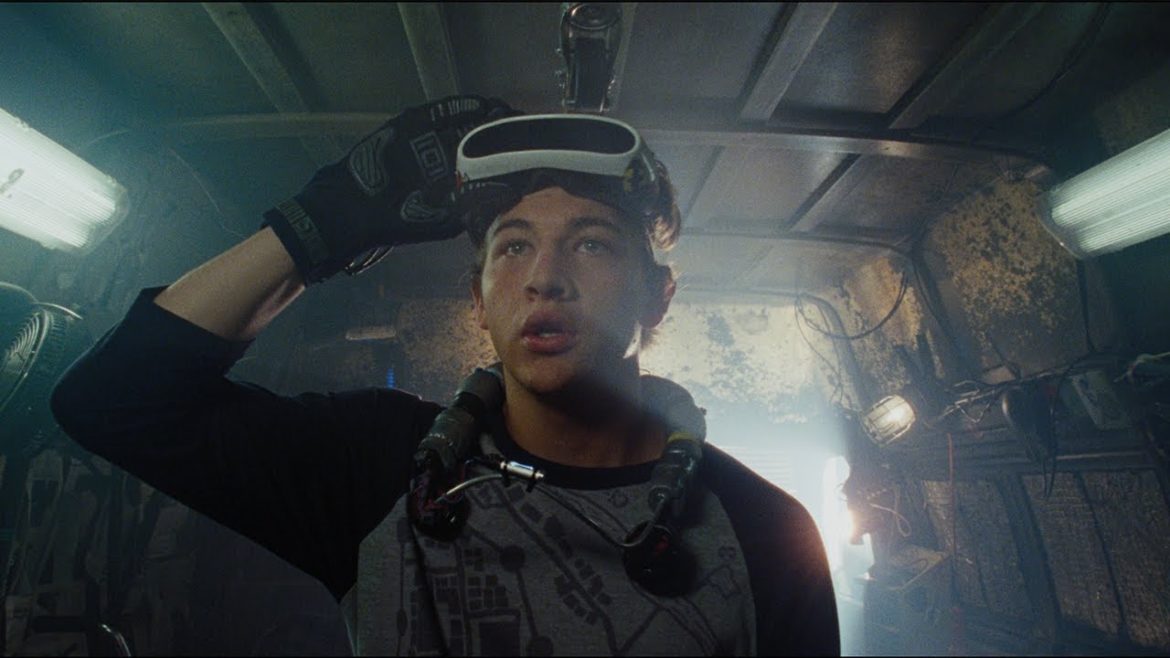TL;DR
Spielberg is back in sci-fi with *Ready Player One*, his strongest film in over a decade! Set in a dystopian 2045, it follows Wade Watts on a virtual treasure hunt in the immersive world of Oasis, packed with 80s pop culture and gaming references. While visually stunning with inventive action and a compelling villain, some world-building and character development could be smoother. Get ready for an epic nostalgia trip! Curious to dive deeper into the virtual rabbit hole? Read the full review for all the details.
As I noted in my review of The Post, Steven Spielberg remains a significant figure in filmmaking. While his filmography includes some less successful projects, his technical skill is consistently evident. Recently, he has explored more grounded narratives such as The Post, Bridge of Spies, and the biopic Lincoln. The exception was SVJ – The BFG (Big Friendly Giant) from 2016, which I found underwhelming. Ready Player One marks Spielberg’s return to the science fiction genre, and it stands out as his strongest work since Minority Report from 2002.
The story is set in 2045, depicting a world grappling with poverty, overpopulation, and widespread social issues. Escape from this bleak reality is found within Oasis, a fully immersive virtual world created by the visionary Halliday (Mark Rylance). Within Oasis, users can adopt any persona, whether it’s a Ninja Turtle, a Transformer, or Batman. Upon Halliday’s death, a posthumous message reveals a contest: he has hidden three keys within Oasis. The individual who finds all three keys and completes the associated challenges will inherit Halliday’s fortune and control of Oasis. Wade (Tye Sheridan), equipped with extensive knowledge of 1980s pop culture, embarks on this quest. He is aided by his friend Aech (Lena Waithe) and the enigmatic Art3mis (Olivia Cooke). They face numerous dangers, primarily from the corporation IOI, led by the ruthless Sorrento (Ben Mendelsohn). IOI operates virtual labor camps, forcing indebted gamers to continuously search for the keys on their behalf. Sorrento will stop at nothing to win the contest, placing Wade in a precarious and challenging situation.
Ready Player One is an adaptation of the novel by Ernest Cline. After viewing the film, I am interested in reading the source material to gain further insights, particularly regarding the economic realities of the film’s world and a deeper understanding of Wade’s character.
The film is visually impressive, with inventive action sequences and a high density of pop culture references. While Avengers is known for its large ensemble cast, this film features an extensive array of characters from gaming and popular culture. Seeing Master Chiefs from Halo fighting alongside Battle Toads is a highlight. Beyond gaming, the film also pays homage to cinema. One of its most memorable sequences takes place within the world of The Shining, showcasing considerable creativity. While I personally would have preferred more of this type of sequence, the film’s overall content is a matter of personal taste.
Tye Sheridan, as Wade, has built a solid acting resume, including his role as Cyclops in the recent X-Men films. In Ready Player One, he portrays both his avatar Parzival through motion capture and his real-world persona, Wade. Sheridan delivers a performance that aligns with the expectations of a hero in this type of film, providing an appropriate balance of charm and humor.
Olivia Cooke, known for her role in Bates Motel, plays Art3mis, Wade’s ally within Oasis. Cooke delivers a competent performance, but the character, unfortunately, feels somewhat underdeveloped and lacks depth.
Ben Mendelsohn, recently seen in The Darkest Hour, portrays the antagonist Sorrento. Spielberg’s villains are typically compelling, and Sorrento is no exception. Mendelsohn delivers a particularly strong moment near the film’s conclusion, adding nuance to the character.
I would also like to acknowledge the performances of Mark Rylance, Simon Pegg, and T.J. Miller, as well as Lena Waithe, who plays Wade’s friend Aech.
Are there any drawbacks? Some minor issues exist. As mentioned previously, the film’s world-building is not entirely consistent. While the setting initially presents as a lawless dystopia dominated by mega-corporations, the late introduction of law enforcement with drawn weapons creates a tonal inconsistency, contrasting with earlier scenes where the villains operate with apparent impunity.
The technology of Oasis is also depicted inconsistently. The film features instances of users requiring treadmills for movement within the virtual world, while others are shown running freely outdoors with VR headsets, and still others are seated. Furthermore, the film lacks a strong emotional core. While following Wade’s journey is engaging, developing a deeper emotional connection to the characters proves challenging.
Overall, Ready Player One is Spielberg’s most noteworthy film in over a decade and a return to the genre that established his reputation. I recommend seeing Ready Player One.

